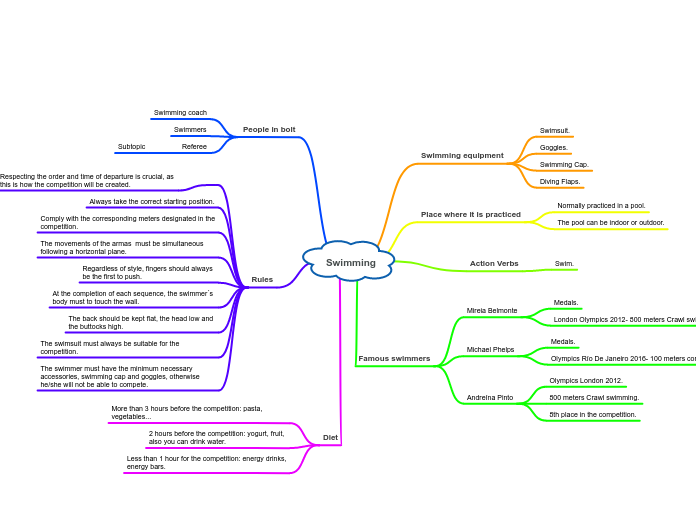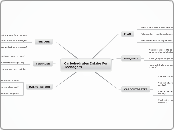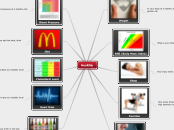a Tegan Alchin 2 éve
184
neurology
Neurological conditions such as multiple sclerosis, stroke, Huntington's disease, and Parkinson's disease significantly impact an individual's ability to perform daily activities, including obtaining and consuming food safely.









